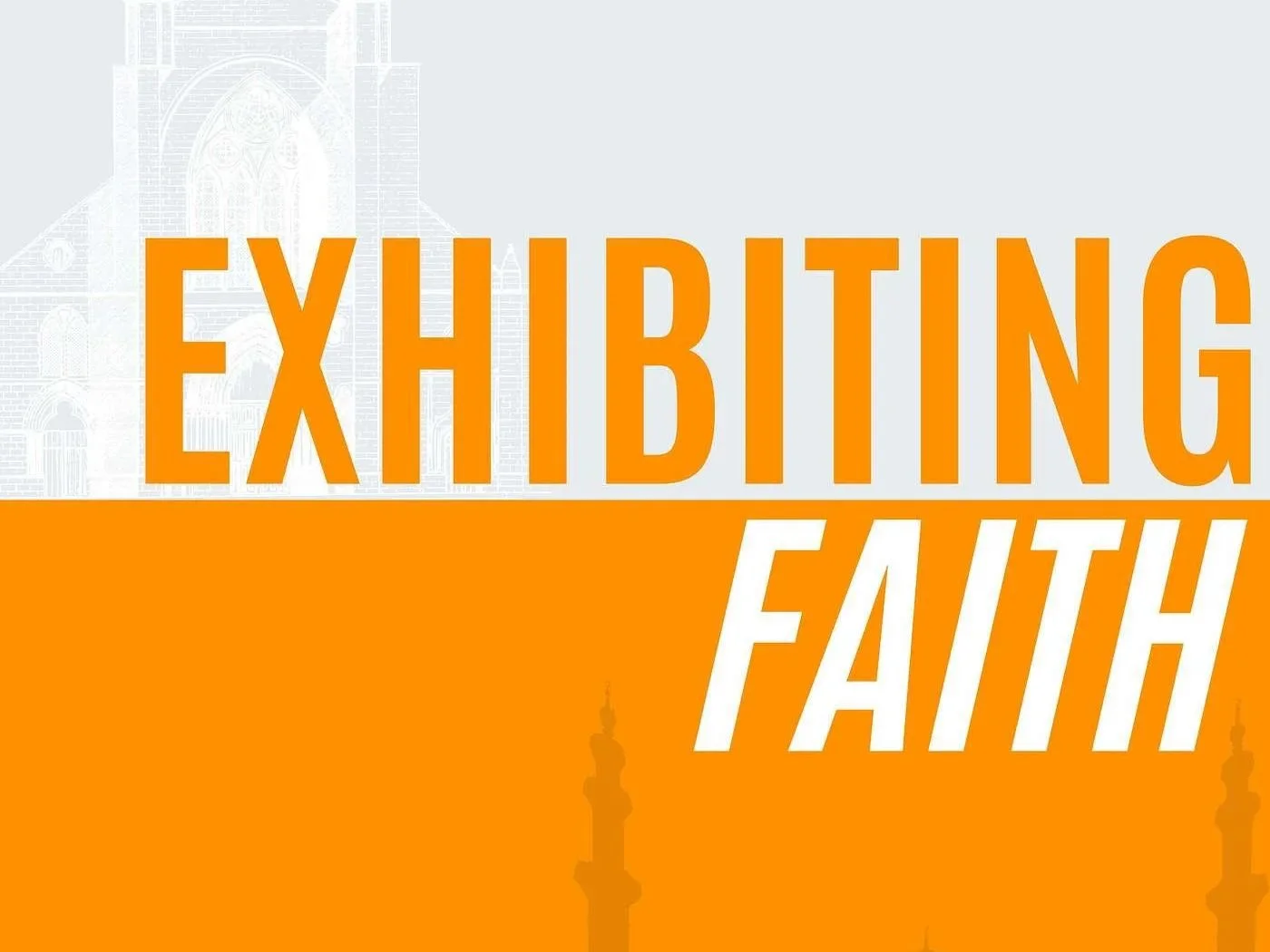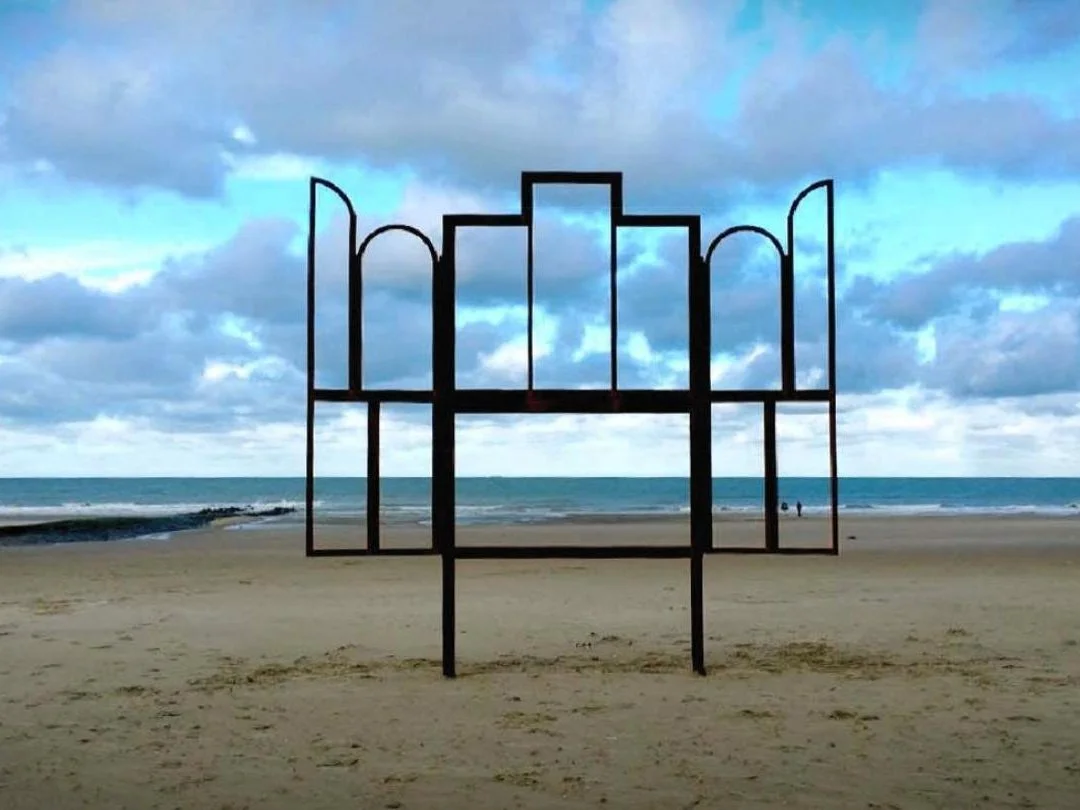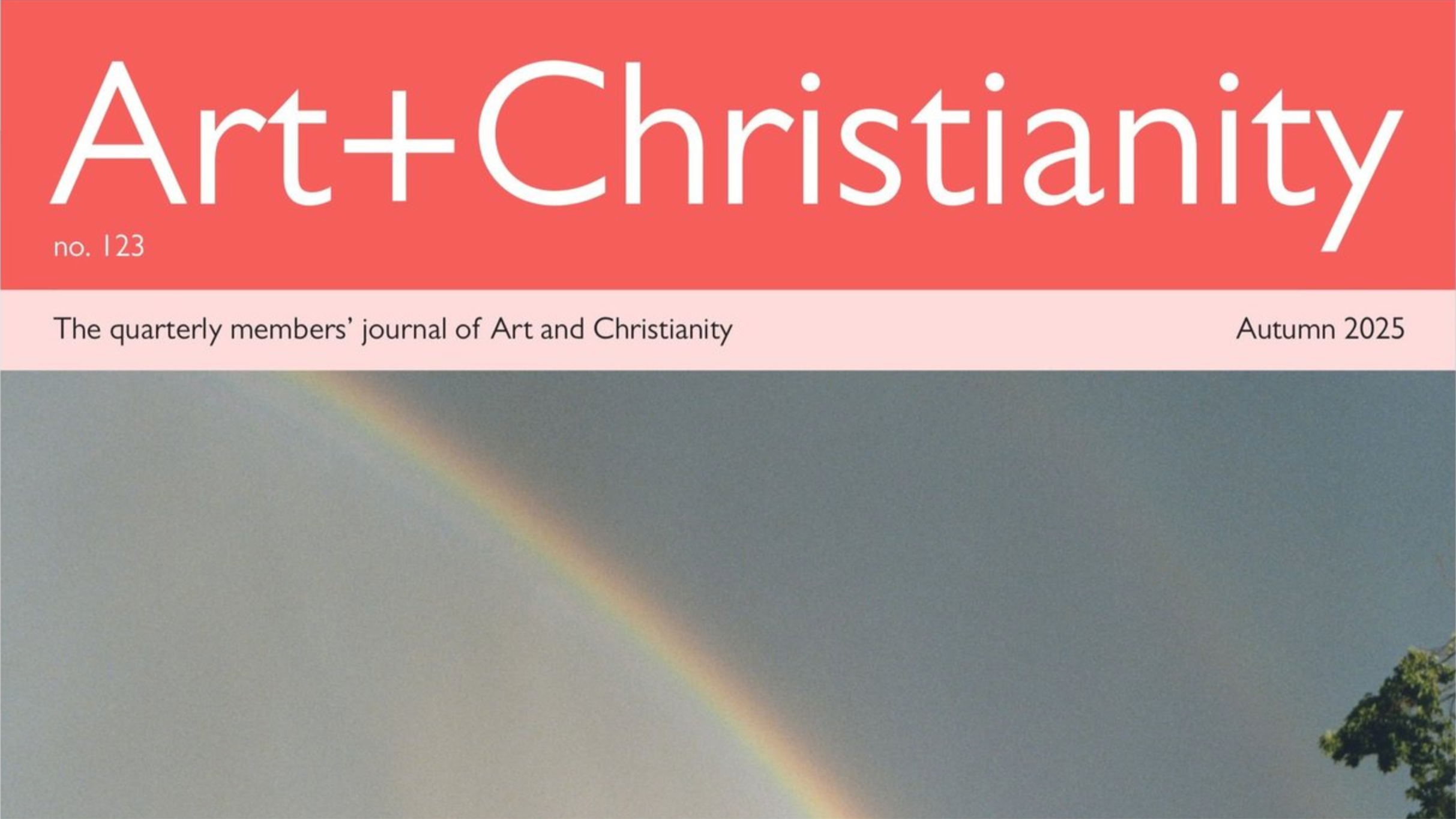“An entirely brilliant book on an intensely difficult subject. The Invisibility of Religion in Contemporary Art is not just for artists, art historians, critics, curators, and theologians: it’s for anyone who wants to see what a well-informed, calm, patient, humble, circumspect voice can do with a subject that seems so fraught, so entrenched.”
—James Elkins, E. C. Chadbourne Professor of Art History, Theory, and Criticism, School of the Art Institute of Chicago
“The impressive achievement of Jonathan A. Anderson’s crosscutting analysis and trenchant examples demonstrates beyond argument that art history and criticism have been hobbled by neglecting the inheritance of theological frames and assumptions.”
—Thomas E. Crow, Rosalie Solow Professor of Modern Art, Institute of Fine Arts, New York University
“This book combines an exceptional knowledge of modern and contemporary art with a rare alertness to theologically-informed critical tools for its evaluation. Jonathan Anderson’s sensitivity and subtlety of insight in reading works of visual art is matched by an exquisite writing style. He has established a genuinely pioneering approach to the theological interpretation of visual art, from which many others (myself included) will benefit for years to come. Brilliant.”
—Ben Quash, Professor of Christianity and the Arts, King’s College London
“Anderson presents an incisive and compelling study, exhibiting a clear command of the fields of art criticism and religious studies. This book represents an important contribution to the field of theology and the arts, and is a must-read for both scholars and practitioners.”
—W. David O. Taylor, Associate Professor of Theology and Culture, Fuller Theological Seminary
“This book is an iteration of a new generation of scholarship that seeks to move beyond the frame that has defined the art-religion-theology landscape for the last two generations. Anderson suggests that to write about the visual arts, even and especially those practices that are not explicitly religious, is itself a theological practice.”
—Daniel A. Siedell, Senior Lecturer in Curatorial Pedagogies, Stockholm University———
The Invisibility of Religion in Contemporary Art offers a critical guide for rereading and rethinking religion in the histories of modern and contemporary art.
Since the turn of the twenty-first century, there has been a marked increase in attention to religion and spirituality in contemporary art among artists and scholars alike, but the resulting scholarship is underdeveloped, lacking a sustained discourse that holds up as both scholarship of art and as scholarship of religion. The Invisibility of Religion in Contemporary Art is both a critical study of this situation and an adjustment to it, offering a much-needed field guide to the current discourse of contemporary art and religion. By connecting the work of leading art historians, theologians, philosophers, and sociologists, Anderson opens new lines of inquiry and invites deeper dialogue about the theological grammars, histories, and concepts at play in modern and contemporary art.
———
List of Figures
List of Tables and Diagram
Acknowledgments
Introduction
Part 1. The Invisibility of Religion in Twentieth-Century Art History
1. 1979
2. 2004
Part 2. The New Visibility of Religion in Contemporary Art
3. Contemporary Art and Religion: Mapping the Terrain
4. Contemporary Art and Religion: Four Horizons
Interlude
Part 3. Contemporary Art and Theology
5. An Experiment in Art Writing: Kris Martin’s Altar (2014)
6. Art Criticism within a Theological Horizon
Conclusion
Appendix. Exhibitions Addressing Religion in Contemporary Art, 1974–2024
Expanded Appendices available at jonathan-anderson.com/appendices
Notes
Bibliography
Index
Contents
The canonical histories of modern and contemporary art have been written largely without serious consideration of religion. This does not mean that religion has been absent or irrelevant. Indeed, once one begins looking for it, one finds religious references, concepts, and influences woven throughout these histories. But for various reasons these references, concepts, and influences became hermeneutically inaccessible in the dominant discourses about art made in the past 170 years or so. This creates a strange situation: Even as religious traditions have shaped many major twentieth- and twenty-first-century artists and artworks (and the sociocultural contexts in which they are received and circulated), when one turns to the art-historical scholarship about these periods, one finds religion playing little or no constructive role in the writing about these artists and artworks.
This situation has been shifting in recent years. Since the turn of the twenty-first century, there has been a marked increase in attention to religion and spirituality in contemporary art, among artists and scholars alike. This attention tends to be dispersed across radically different interpretive priorities and vocabularies, often lacking a sustained interdisciplinary discourse that holds up well both as scholarship of art and as scholarship of religion.
This book is a study of this situation and an adjustment to it, offering a detailed rethinking of the historical and theoretical contexts in which the current discourses of religion and spirituality in contemporary art are operating, and an argument for why and how these discourses require more concentrated critical study of the (often implicit) theologies in play in the history, theory, and criticism of contemporary art. An especially strong secularization theory within the scholarship of twentieth-century art has obstructed vital understandings of modern and contemporary art histories, but it is also still subtly governing current inquiries into religion and spirituality in those histories. The following chapters thus provide a much-needed critical field guide to a difficult, controversial topic, and they open new lines of inquiry within this field by theorizing and exemplifying ways of writing art history and criticism in more rigorous dialogue with theology and religious studies, both critically and constructively.
At the center of this book, therefore, is a series of interlocking questions about how the history of modern and contemporary art has, over the past five decades, been thought (and unthought) in relation to religion, spirituality, and theology. Twentieth- and twenty-first-century art is deeply enwoven with religious contexts, spiritual concerns, and theological conceptualities, but these various threads remain extremely underinterpreted in the scholarship of modern and contemporary art—to the extent that they are often functionally invisible in this scholarship. This book seeks to understand and revise the ways these dynamics of (in)visibility work.
———
excerpt from the
Introduction
———
Interviews
Matthew J. Milliner, “The Invisibility of Religion in Contemporary Art: An interview with Jonathan A. Anderson,” Material Mysticism column, Comment magazine (April 29, 2025).
The Invisibility of Religion in Contemporary Art, book launch presentation, Regent College, Vancouver, BC (Oct 7, 2025).
“Jonathan A. Anderson: The Invisibility of Religion in Contemporary Art,” Exhibiting Faith podcast, hosted by David Trigg (August 19, 2025).
“Jonathan Anderson: ‘The Invisibility of Religion in Contemporary Art,’” The Artistic Vision podcast, hosted by Gary Ball and Alex Sosler (May 31, 2025).
“The Invisibility of Religion in Contemporary Art with Jonathan A. Anderson and James Elkins,” Books for Better Understanding, University of Notre Dame Press (March 25, 2025).
Jonathan Evens, “Critics and Curators are Missing this about Contemporary Artists: An Interview with Jonathan Anderson,” Seen & Unseen (July 24, 2025).
“An Interview with Jonathan A. Anderson, author of The Invisibility of Religion in Contemporary Art,” University of Notre Dame Press blog (March 19, 2025).
———
Reviews
David Trigg, “Seeing What’s Sacred: Jonathan Anderson on Religion’s Place in Contemporary Art,” Religion Unplugged (August 6, 2025).
Jonathan Evens, “Renewed Visibility,” review of The Invisibility of Religion in Contemporary Art by Jonathan A. Anderson, International Times (June 7, 2025).










